Three years after the much-loved Geffrye Museum closed to have a radical makeover, having more than doubled in size, the renamed Museum of the Home has reopened at last.
This is the former Geffrye Museum, set in a row of former almshouses funded by the tobacco trader, Sir Robert Geffrye, who gained some of his fortune from the trade in slaves. More about that later.
The entrance, which had been a small door in the corner of the almshouses has swung to the opposite side of the building, conveniently right next to Hoxton Overground station, and vastly more obvious as an “entrance to a museum” than the small wooden door ever was.
What’s happened inside is also as radical while reassuringly feeling as if it’s always been like this.
The museum’s famous row of example rooms of how people lived in the past has been retained, with some modest tweaks here and there to bring them a bit more to life. The servants cleaning the fireplace is a particularly nice touch.
What’s new is underneath your feet though.
There has always been a series of basements down there for the old almshouses, but now they’ve been opened up, and in doing so effectively doubled the size of the museum.
Down here, mirroring above are a series of rooms, each telling a story of how people lived in times distant and more recent. Possibly because much of what’s down here is from the 20th century, it feels more relatable. Still odd in the way that old things always are, but just on the edges of being recognisable.
The old clock would still fit into many a home today. The wallpapers are of a certain era and taste, and always terrifyingly close to being fashionable again. The old computers might make children frown in confusion and adults smile in fond memory.
A modern art installation based on photographing each living room of a tower block is inspired – showing how the same space can be radically transformed depending on the occupant’s own tastes. It’s unlike the recreations of rooms above, which suggest a uniformity to houses of each era. This shows their diversity.
While most of the basement space has been, of necessity, cleaned up to make it suitable for museum displays, the space under the chapel has been left with its brick arches exposed to see. A moment to pause on your visit.
Upstairs, previous visitors might remember the space where the small reception desk used to be, and here the museum’s classic period display rooms are back where they belong. If your memory is very good you might remember that the ceiling used to be much higher — and that’s because it was.
What’s happened is that the old first floor has been reinstated, giving the museum even more space to use, mainly for staff and also at long last, a proper library for researchers to visit.
The staircase up here is bold and dramatic. A very modern intrusion into a space that once had a large staircase long since removed. It sits in a new public reading space and very cleverly the structure of the staircase is now a filament of a bookcase.
Do head upstairs, as there’s a very easy to miss display up here if you don’t know about it — a long row of glass cases showing off the history of the almshouses and many of the objects discovered during the recent conversion work.
The far end of the museum, their modern extension still feels awkwardly placed compared to the rest of the building, but continues the example rooms, with 20th-century living rooms, and temporary displays. A new addition is in here though, a room from 1976, curated by Michael McMillan based on memories from his late mother and other members of the Windrush generation.
The gardens that used to be in the back of the museum but can reasonably be said now to be the front have also been restored, back to their idea of gardens matching the rooms, so expect themed layouts that people of the past would have recognised. Rather harder to find than it was before, at the very far end hidden behind a new pavilion is the old walled herb garden.
A tip – at the moment, you have to follow a one-way only route, and it’s not obvious but, when going downstairs, turn right and go into the garden first, then visit the rest of the museum.
The overall impression is of a museum that’s easier to get around. The new entrance, taking over what was the restaurant is much more welcoming than the small corner space they used to have. The doubling of the space makes a visit last longer and feel much more rewarding, especially if you’ve come some distance to visit. it.
Astonishingly after all the money spent on expanding the museum, it’s still free to visit.
The museum has been in the news a fair bit recently, as the front of the building has a statue to Sir Robert Geffrye and there have been calls for it to be removed and allegations of government interference in the decision.
It didn’t help that in most news articles, the statue is shown above what looks like the main entrance to the museum, but is in fact a set of long since blocked off doors to the chapel.
My own personal opinion leans towards leaving intact but explaining what these people did, mainly as I am instinctively wary of changing historic fabrics of buildings (pedestals in public squares less so), for however ghastly they are, remembering bad history is as important as the good, and I lean towards facing the horrors in our past than turning away from them.
However, government meddling aside, the Museum of the Home could be said to have been unexpectedly fortunate. Before Black Lives Matter gained its long overdue prominence, the museum had already dropped Geffrye’s name and was swinging its main entrance around to the other side of the building. Without moving the statue, they’ve still managed to relegate him to what is now the back garden where far fewer people will see him.
I quite like that. It’s a good compromise.
Setting aside the politics for a moment, the new Museum of the Home has taken the very best of the old Geffrye Museum and wonderfully managed to build on that legacy without losing the heart of what made it such a delight to visit before.
A dear old friend has returned to London.
—
Entry to the Museum of the Home is free, but at the moment, tickets need to be booked in advance from here.
All they have to do now is ask TfL to change the signs outside.

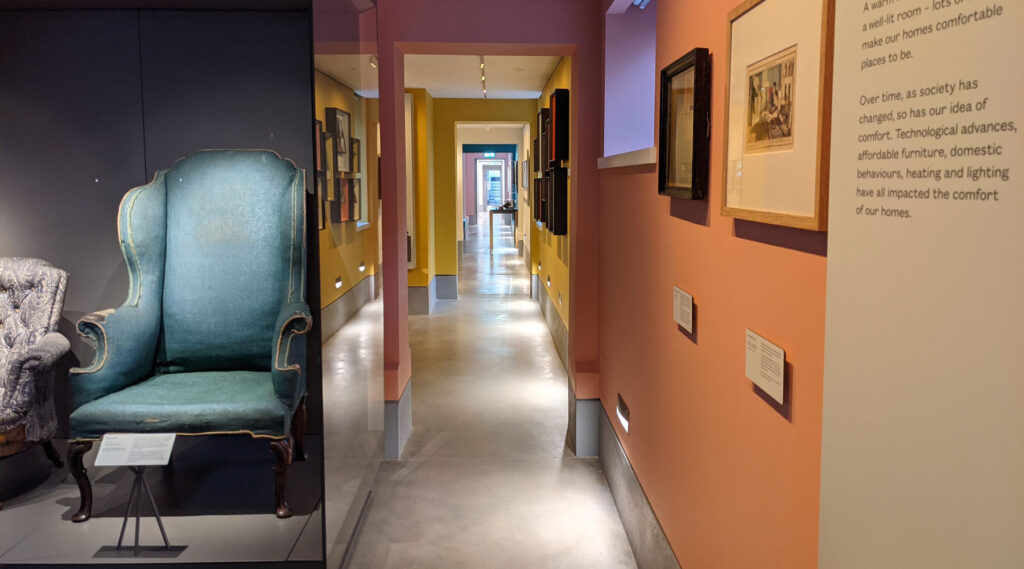
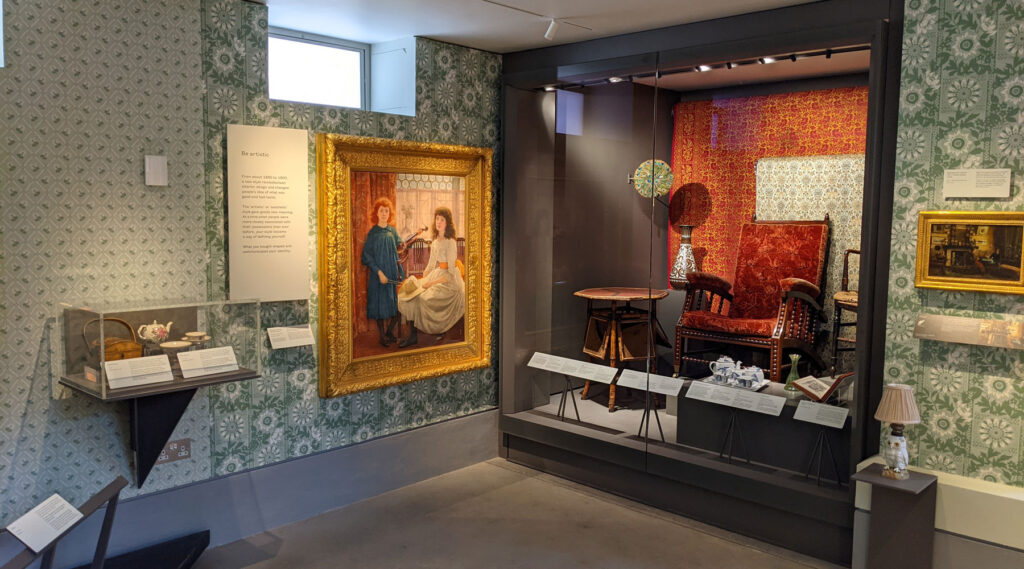
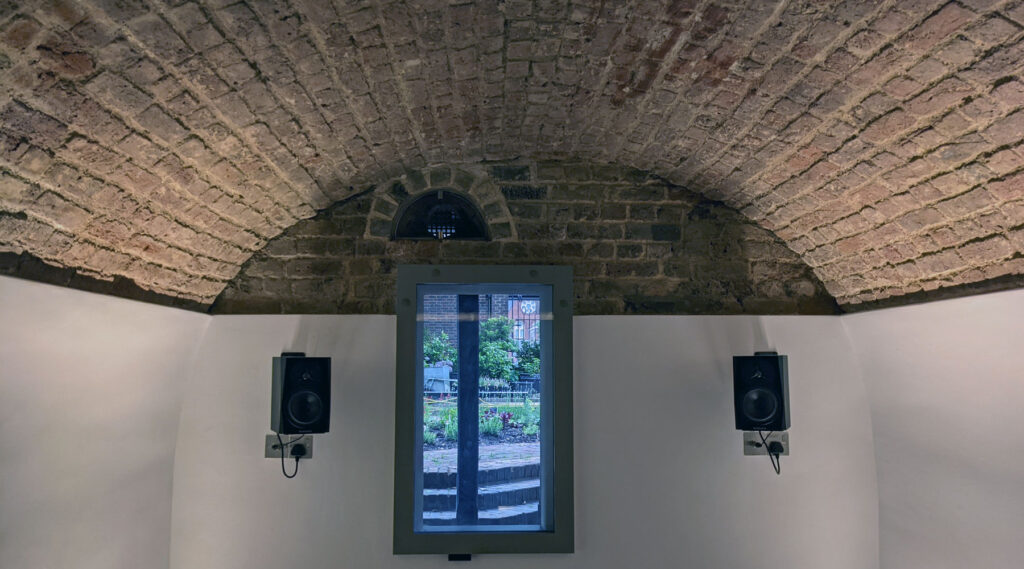
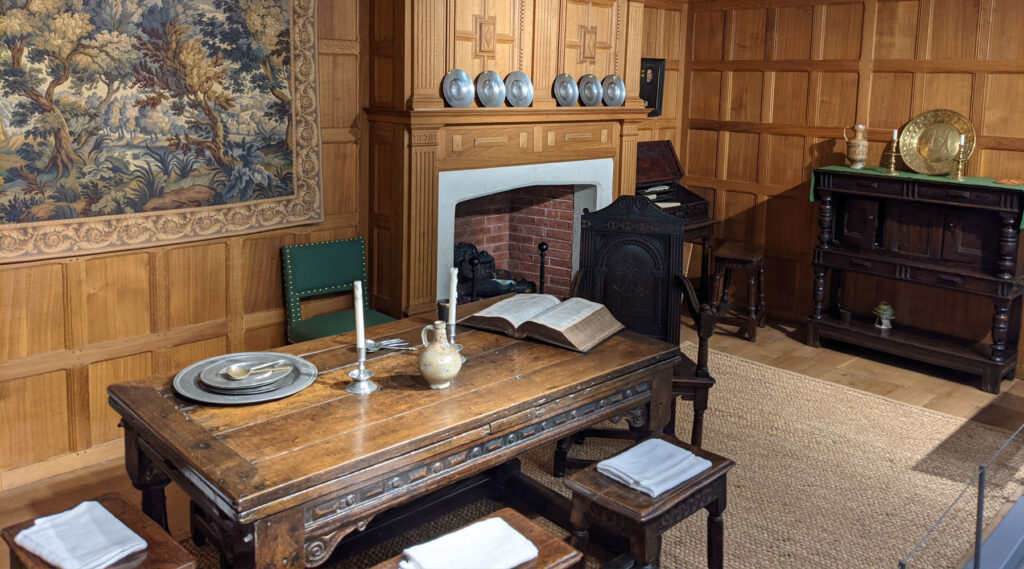
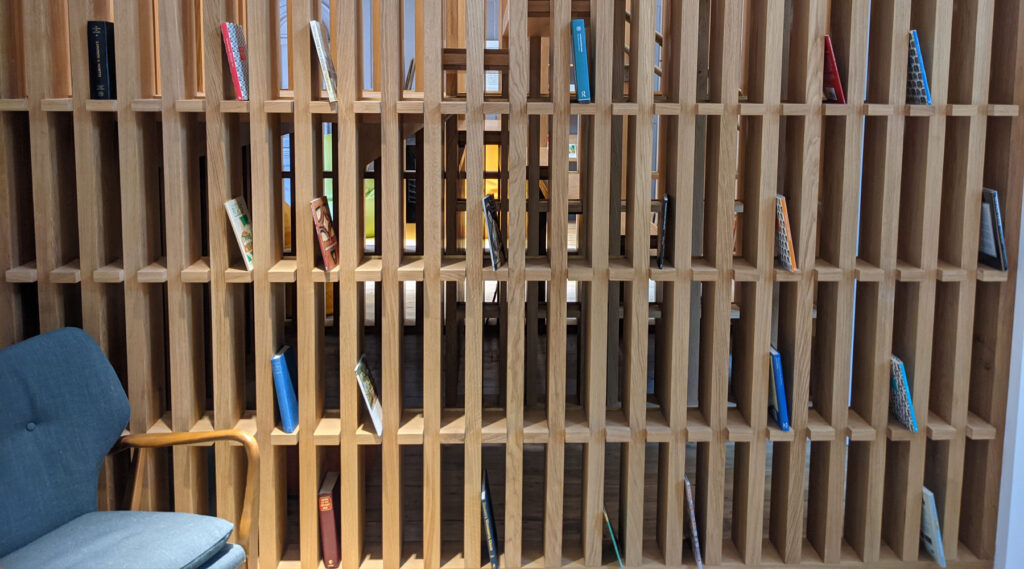
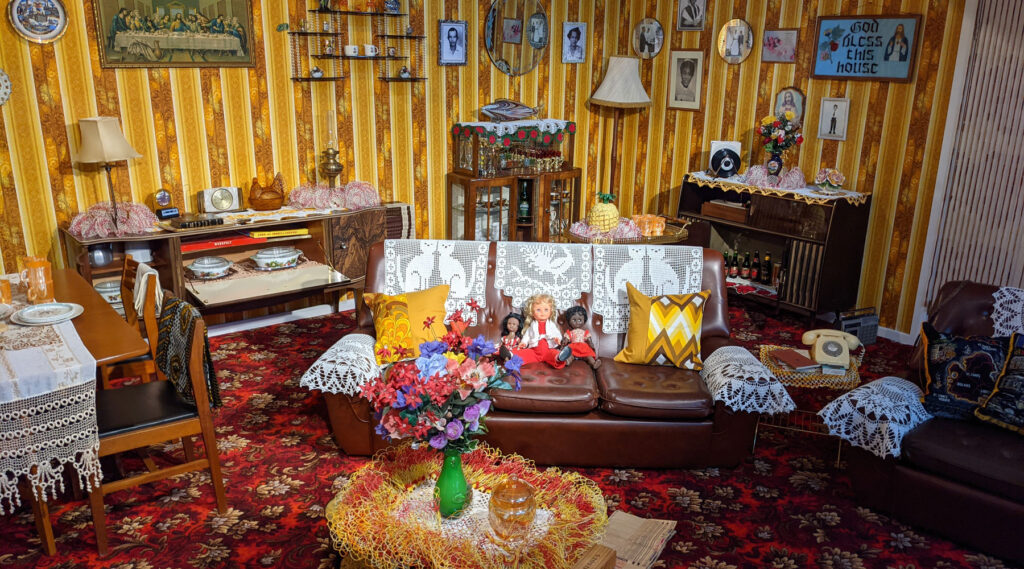
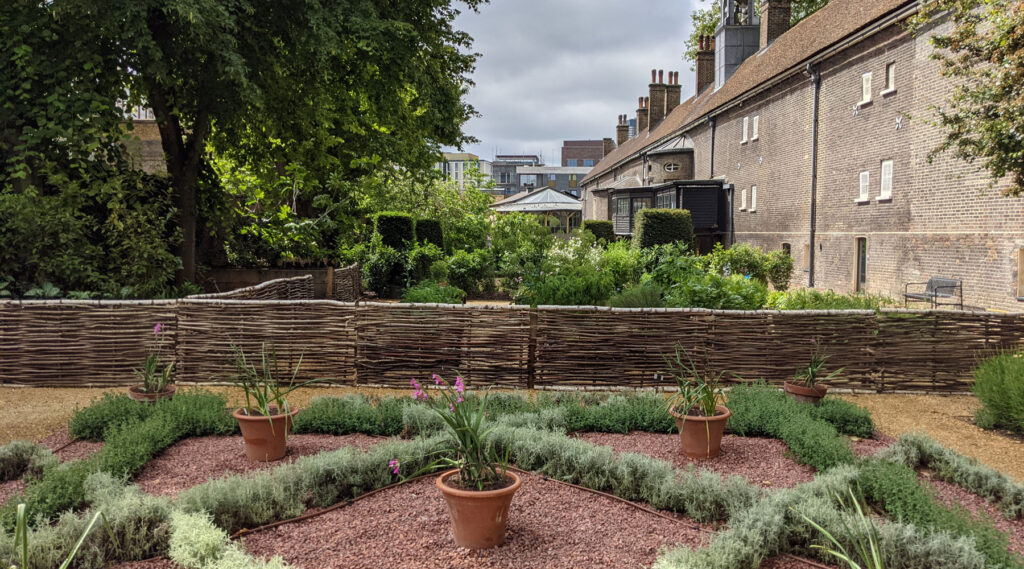
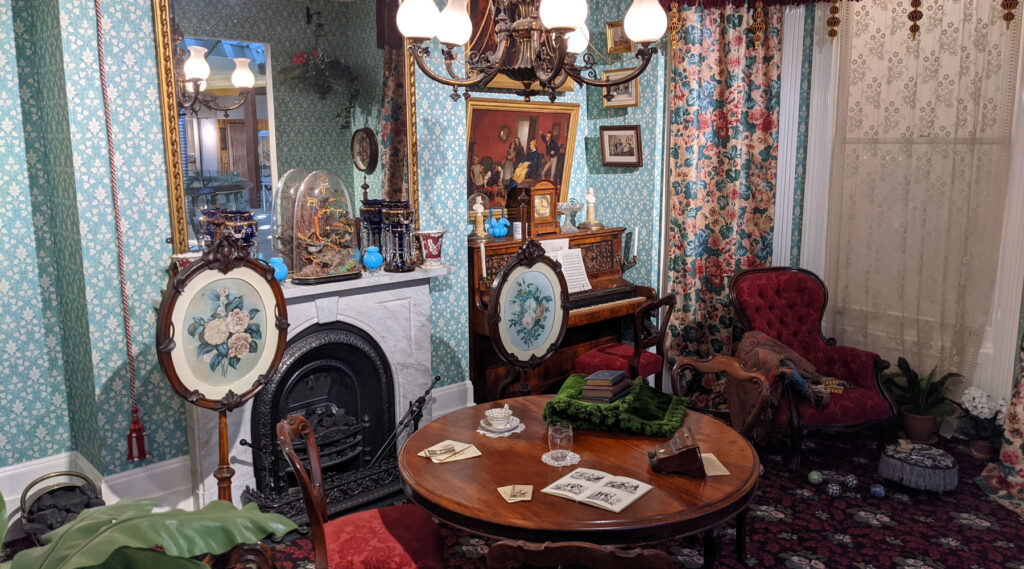
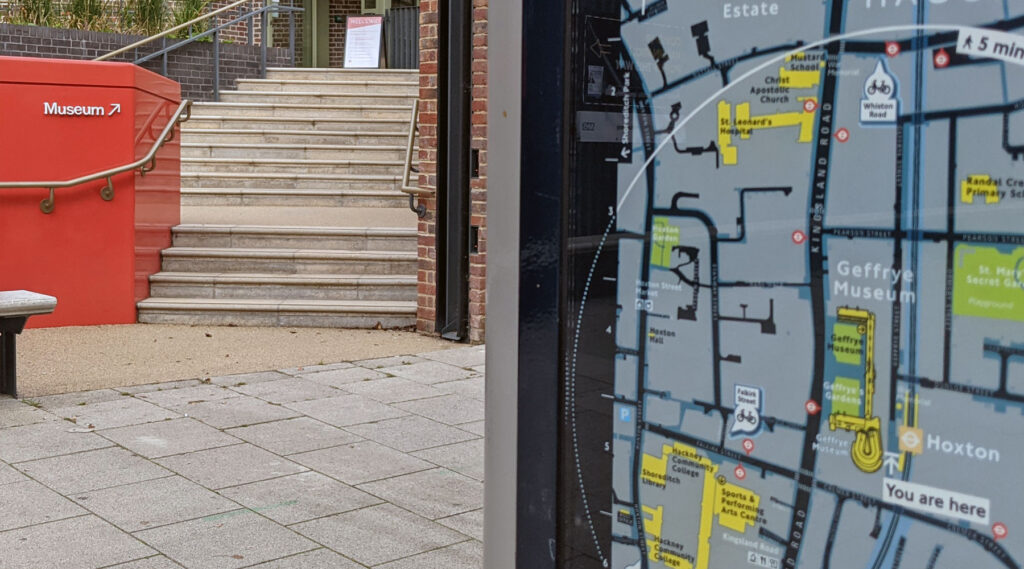






Londoners have grown up knowing it as The Geoffrey Museum and that’s what people will be looking for not a name that nobody has heard about … Tge old name is also plastered everywhere on the internet, tourist books , guides etc .
And the new name doesn’t even give any information about where the museum is !
Based on their names alone, can you tell me where the V&A Museum is, or the Fan Museum, or the RAF Museum?
I Agree. Visited this as very young child with my mum in the 50/60s I returned 2017 with a friend to find it closed. Im sorry but for certain things i so not like limprovements whether bigger and better and altering a historical building to bring it up to modern day expectations. Researching and finding old buildings untouched sadly seems to be coming a rarity now.
If people are to be appraised or judged then it should be in the context of the times in which they lived no matter how unacceptable, enraging, insulting their thoughts and actions have become to people in later periods, otherwise history is being edited to suit an agenda that is current at a specific time and not necessarily constant or lastingly permanent.
History is not edited by reappraisals – as you don’t change the facts by looking at people’s actions in light of changing opinions about them – you simply adjust your views of the person/event.
You might have been taught that person X was a good person, then information suggests he wasn’t – so you change your mind. History is not edited by that process, it’s enhanced.
I visited The Geoffrey Museum several times as a child who lived in the East End and that’s what people will be looking for not a name that nobody has heard about. Keep the name as it has always been known
There’s a rule of thumb that if one person knows something, then a thousand wont know it.
The same applies to brand names. Who still refers to Cellnet, Marathon, Mercury 121, Dixons, etc — all products/companies that still exist but changed their names (O2, Snickers, EE, Currys).
GEFFRYE MUSEUM not Geoffrey Museum folks !
Wonderful memories as a child of the 50-60’s spent every Saturday in there.
I visited the museum recently and absolutely agree with everything you said! It is fantastic.
I have always loved this special place. I too thought the new basement displays really bring home the diversity of present day London. All visitors will be able to see something of themselves, whilst learning about homes through History.
Reference is made to the fact that Geffrye made his money through Slavery. I would actually liked to have known more about him and his family to bring home what all this means to current generations.
I loved the new gardens with plenty of seating. The gardeners have done an amazing job.
Well done to all involved with this project, it has been worth waiting for.
I’m glad they’ve kept the original room displays. I was afraid they’d revamp everything for the sake of change. Look forward to visiting.
I’ve been trying to book a free ticket to the Museum of the Home for the past month! Clearly in high demand and I’m pleased to hear it. I loved visiting this museum at Christmas time to see the Christmas room displays (oh, the groovy 60s-era one!). Hope to see this transformation soon.
I’ve always loved the Geffrye Museum, and visited it again recently. I was very impressed with all the changes and new exhibits, and glad to see that the furnished rooms remained almost the same. Now, could anyone tell me where the new black metal garden benches were sourced. I tried to find out, without success, and would love one for my garden. Maybe the gardeners know!